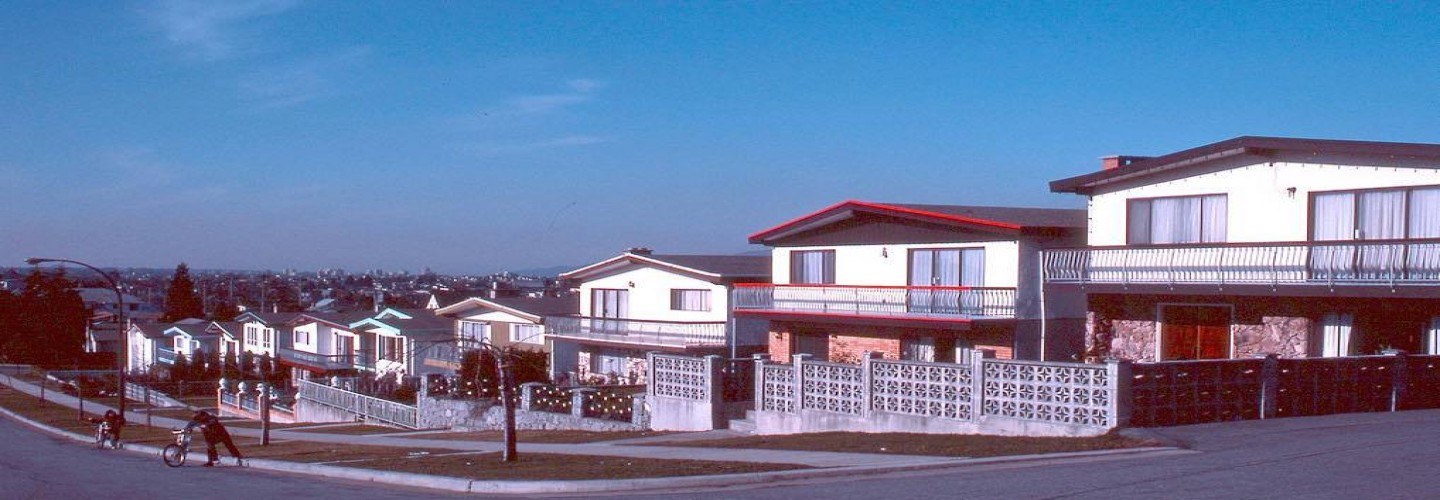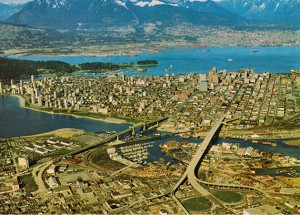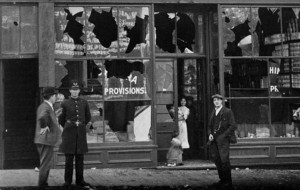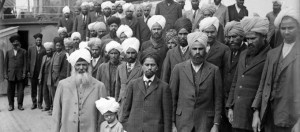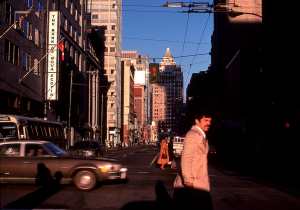Immigration to Vancouver and British Columbia was very common, and occurred over hundreds of years. With the first wave of immigrants coming from England and the United Kingdom as part of the initial settlers to the new colony. Following the British immigrants many other Europeans came to Vancouver and British Columbia; Ukrainians, Germans and the Irish. With expansion into the west, and part of John A. MacDonald’s election promise to build a trans-continental railroad, the initial Chinese immigrants came to British Columbia via Vancouver in the late 1800’s. After this many Chinese decided to settle in BC instead of returning home, some due to not having enough money to go back and others because they wanted to stay. Following the turn of the century, in the early 20th Century, immigration from India began. The fist wave of immigrants from India were mainly Punjabi Sikhs who were part of the British Expeditionary Army who resettled in Vancouver and the Fraser Valley area after returning from fighting in the Boer War.
Following the Second World War, many immigrants from Europe began a new, post-war immigration wave from Europe, many more British, German, Italians, Greeks settled in Vancouver. With Pierre Trudeau being elected in 1968 he changed the immigration policy of Canada to not favour European immigrants over other cultures and races, however, to favour the best suited person to immigrate. With this change, many Chinese, Indians, Koreans, Filipino and Vietnamese families and people began to immigrate to Vancouver. This trend continues to this day with many immigrants from Asia settling in Vancouver.
While immigration to Vancouver saw a very diverse inflow of people, many of these cultural groups were not welcomed with open arms, and still to this day, many immigrants to Vancouver, BC and Canada are ostracized simply due to their race, religion and or heritage. With Vancouver having a history of racism and exclusion, it comes as no surprise that the Ku Klux Klan had established roots in Vancouver in the early 20th Century. Furthermore, many Leagues had predeceased the arrival of the KKK. The Vancouver Anti-Chinese League and the Vancouver Asiatic Exclusion League received much support. Furthermore, these Leagues staged protests and demonstrations, which, most notably turned into a riot and severely damaged Japantown and Chinatown which lead to a general strike by the Asian workers which brought several important services in the city to a stand still. Although this riot lead to the demise of the Asiatic Exclusion league, support for a ‘White Man’s Country’ began to increase following these events.
With attitudes of exclusion increasing significantly throughout the city and province, regional pressure caused Ottawa to adopt a legislation to limit immigration from ‘undesirable’ regions, namely India and China. A head-tax was applied to the Chinese and a Continuous Passage Act was implemented on Indian immigrants. In May of 1914 several Indians decided to challenge the Continuous Passage Act, these migrants left India to Vancouver, via Japan aboard the Komagata Maru. Upon reaching Vancouver the ship was quarantined in Vancouver’s harbor. While under quarantine the ship was refused provisions such as food and fuel because of the ethnicity of the people aboard the ship. All of whom were British Subjects, they were still refused entry into Canada, and basic human necessities such as food. Ultimately the ship was forced back to India being escorted out of Vancouver’s harbor and Canadian water by the Royal Canadian Navy.
While Vancouver is one of the most diverse cities in Canada, or even globally, the topic of acceptance and immigration was always contested by those who preceded the immigrant group. For that many immigrants have stories about their immigration to Canada and the obstacles they faced, and some that they may still face. However, many understand these struggles associated with being an immigrant to a new land, and while they are not fond of them, they know these experiences made them who they are today. Immigrants, whether Chinese, Italian, Indian or Filipino are able to share their stories and experiences in hopes of creating a more tolerant, more forward-looking society that can accept immigrants wanting a better life, and not shunning them for their culture, religion or skin colour.
